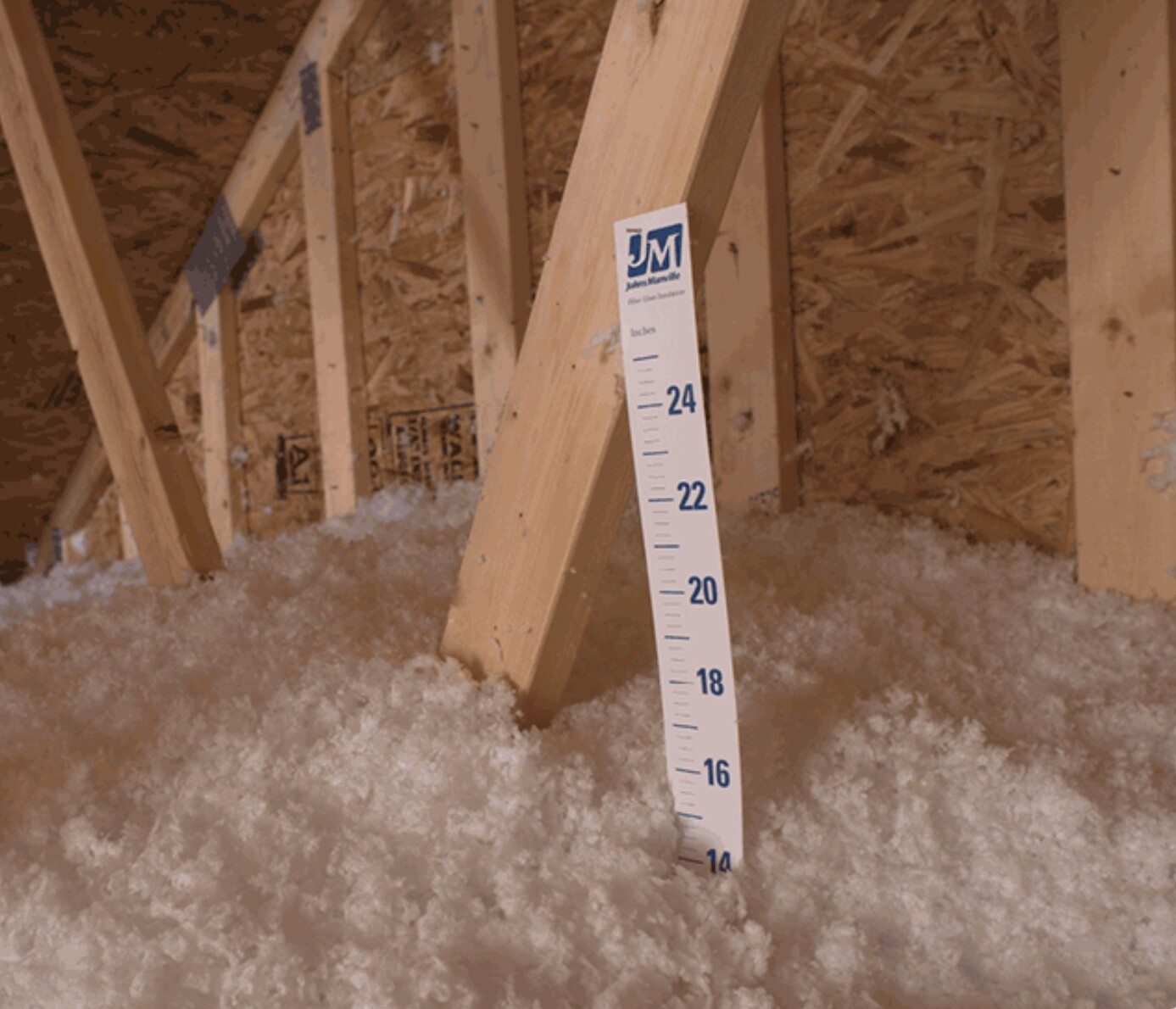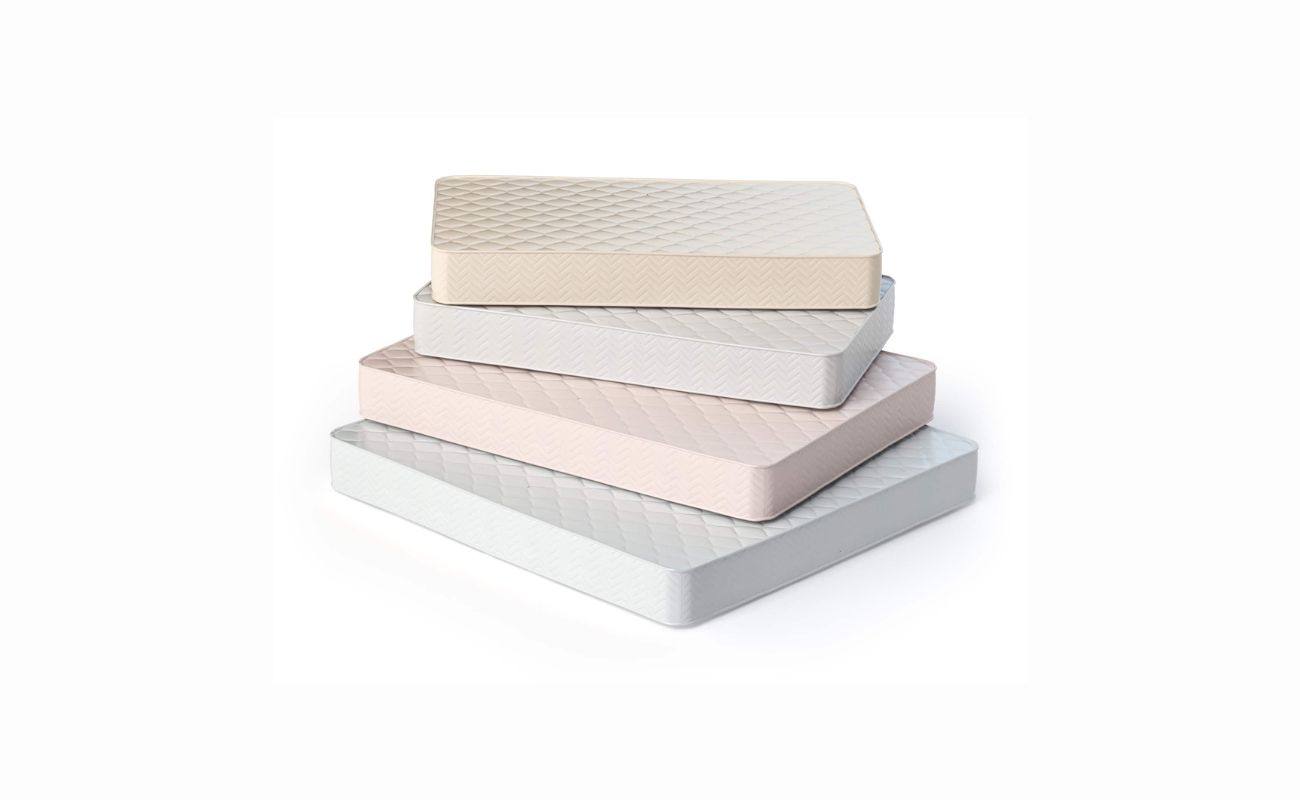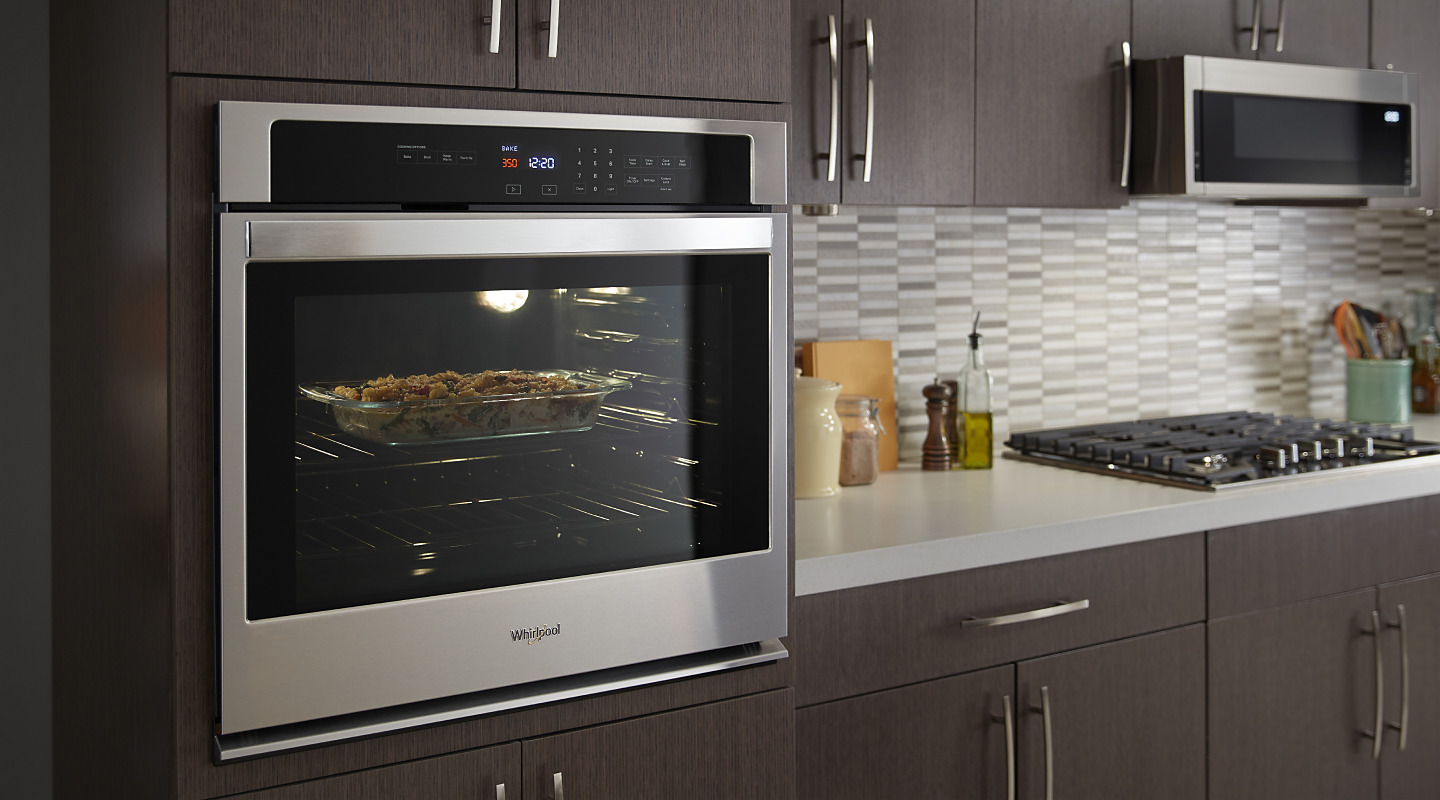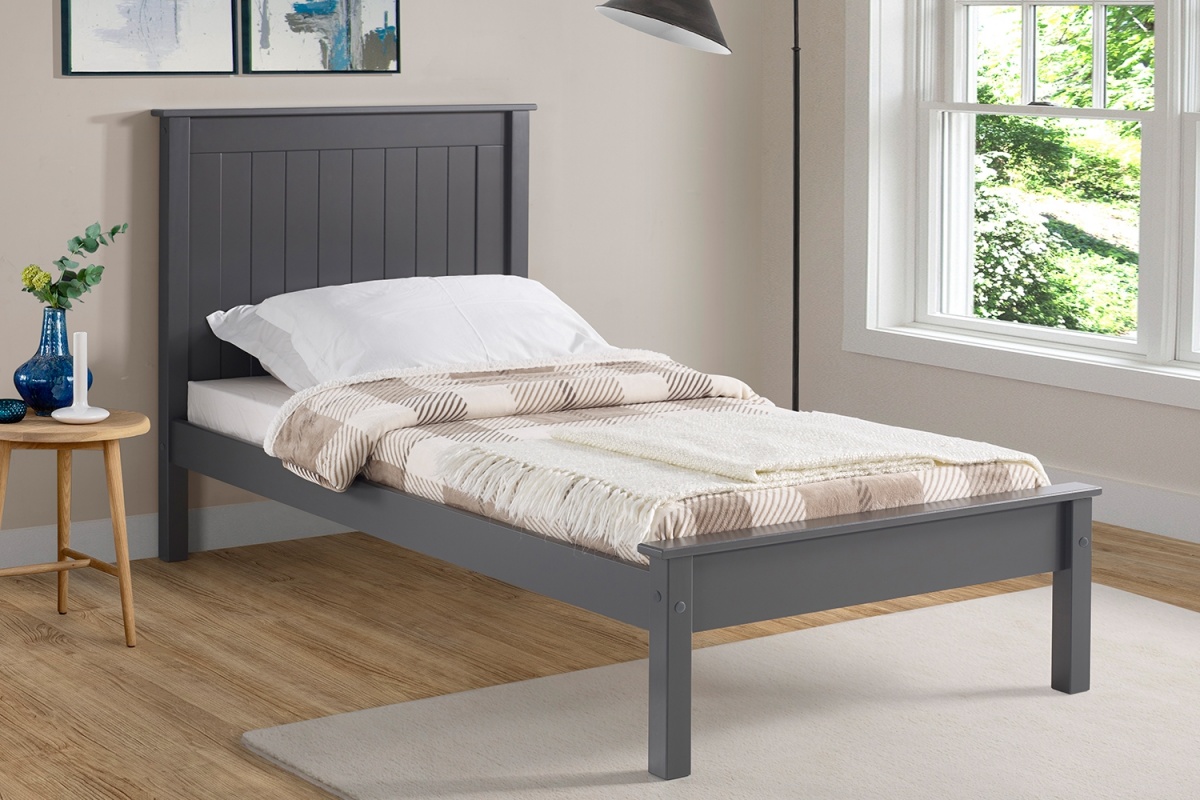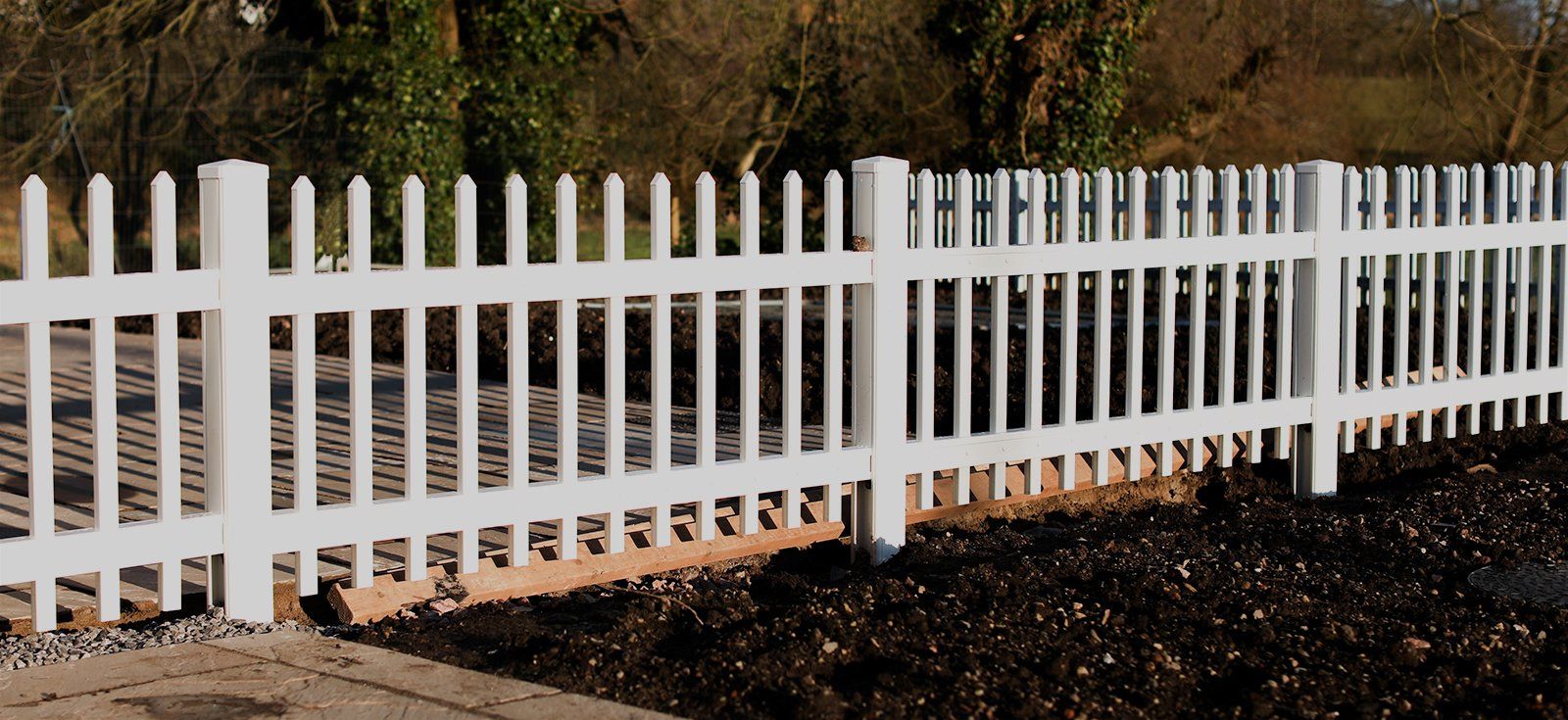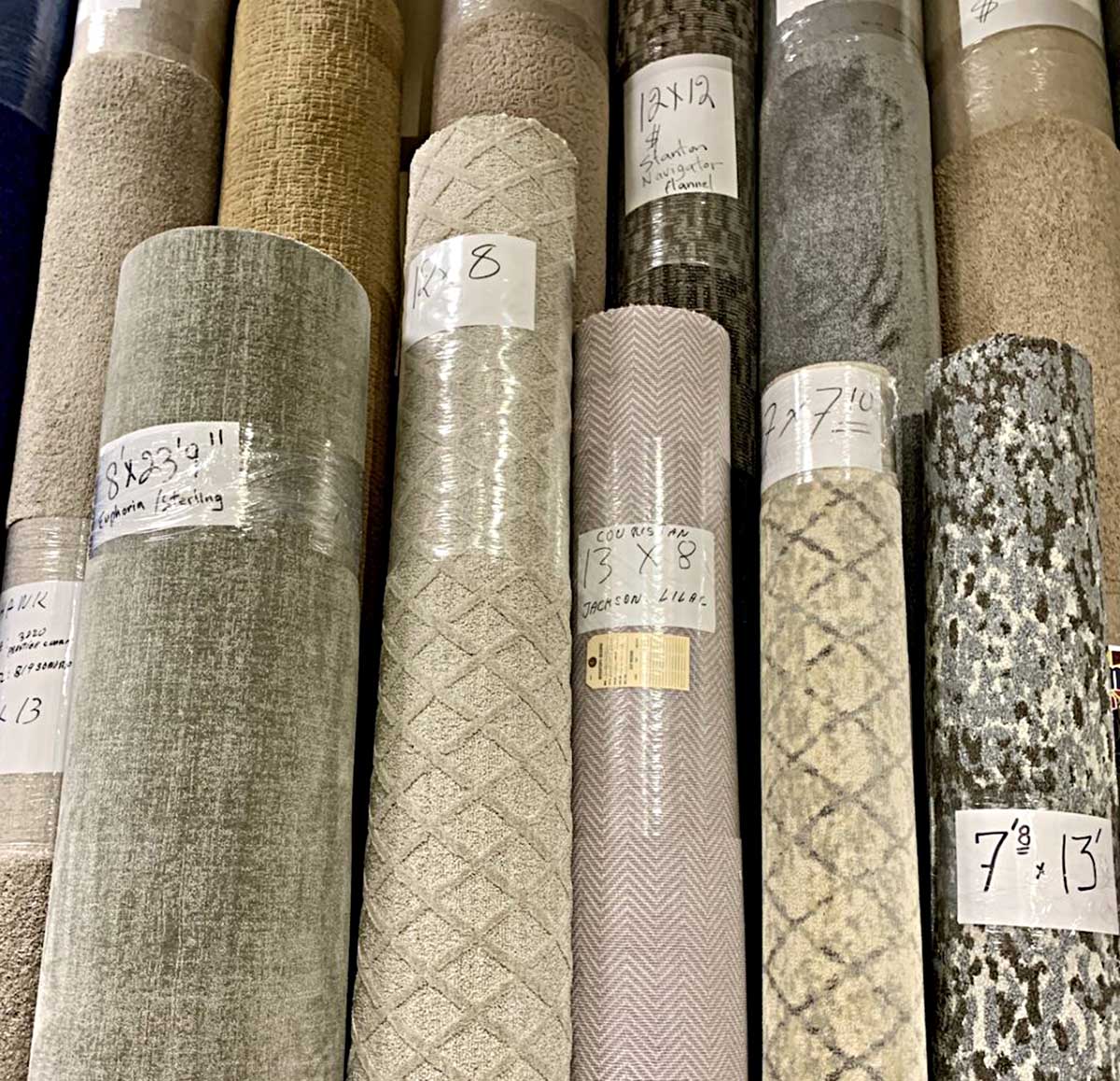

Articles
How Wide Is A Roll Of Carpet
Modified: January 9, 2024
Find out the dimensions of a roll of carpet and how it can benefit your home decor. Read our articles for all the details.
(Many of the links in this article redirect to a specific reviewed product. Your purchase of these products through affiliate links helps to generate commission for Storables.com, at no extra cost. Learn more)
Introduction
When it comes to choosing carpet for your home or office, one of the important factors to consider is the width of the carpet roll. The width of a roll of carpet refers to the measurement from one selvage edge to the other. It determines the amount of carpet you will need for your space and can impact the overall look and installation process.
In this article, we will explore the different aspects of roll of carpet width, including standard measurements and custom options. We will also discuss the factors that affect the roll width, the benefits and drawbacks of wider rolls, and how to determine the ideal roll width for your project.
Whether you’re planning to install carpet in a small room or a large commercial space, understanding roll of carpet width can help you make informed decisions and ensure a successful installation process.
Key Takeaways:
- Choosing the right roll width for your carpet project is crucial. Wide rolls offer cost savings, faster installation, and seam reduction, but consider limited access spaces and potential waste generation.
- Factors such as room layout and consulting with professionals are key in determining the ideal roll width for your project. Careful consideration ensures a successful and visually appealing carpet installation.
Read more: How To Store Carpet Rolls
Understanding Roll of Carpet Width
When it comes to roll of carpet width, there are two main categories to consider: standard roll width and custom roll width. Let’s take a closer look at each:
Standard Roll Width
The standard roll width for carpet is typically 12 feet (3.66 meters) wide. This is the most common option available in the market and is suitable for a wide range of residential and commercial applications. Standard width rolls are convenient because they can fit well into most spaces without requiring seams or excessive cutting.
However, it’s essential to note that the exact standard width may vary slightly between manufacturers, and some may offer options such as 13 feet or 15 feet wide rolls. It’s always a good idea to check with the manufacturer or retailer for the specific standard widths they offer.
Custom Roll Width
In some cases, you may require a roll of carpet with a width that is different from the standard measurements. Custom roll widths are available to accommodate unique needs and specifications. Whether you have an irregularly shaped room or need carpeting for a specialized project, custom width rolls can be tailored to fit your requirements.
Manufacturers that offer custom roll widths can produce carpets in various sizes, ranging from narrower rolls for small spaces to wider rolls for more significant installations. It’s important to note that custom roll widths may come with additional costs or lead times due to the specialized manufacturing process.
When considering whether to choose a standard or custom roll width, several factors come into play, including the size of the area to be carpeted, the layout of the space, and any specific requirements or limitations you may have. It’s always advisable to consult with professionals or experts who can guide you in choosing the most suitable roll width option for your project.
Factors Affecting Roll Width
Several factors come into play when determining the width of a roll of carpet. These factors can influence both the standard roll width options available and the decision to opt for a custom roll width. Let’s explore three key factors that affect roll width:
Read more: How To Roll Up A Carpet
Manufacturing Limitations
One of the primary factors that determine the width of a roll of carpet is the manufacturing process. Carpet is typically manufactured in large rolls and then cut into smaller widths to meet customer demand. The width of the loom used in the manufacturing process sets certain limitations on the maximum width that can be produced as a standard roll.
Manufacturers must consider the efficiency of production, the size of the loom, and other technical considerations when determining the standard width options for their carpet products. These limitations play a significant role in defining the width options available in the market.
Transportation Considerations
Transportation logistics also play a crucial role in determining the roll width of carpets. The size and weight of the rolls affect how they can be safely transported from the manufacturer to the retailer or the installation site. Transporting wider rolls may require specialized equipment or vehicles, which can impact cost and feasibility.
Considering transportation limitations helps ensure that the rolls can be delivered efficiently and without damage, especially when moving through narrow doorways, staircases, or other tight spaces. It’s important for manufacturers and retailers to strike a balance between roll width options that meet market demand while also allowing for efficient transportation.
Installation Requirements
Installation requirements are another crucial aspect that influences the choice of roll width. Installing carpet typically involves unrolling the carpet and securing it to the subfloor with adhesive, staples, or tack strips. The width of the roll must be manageable during the installation process to ensure proper alignment and minimize wastage.
The size of the room, the shape of the area to be carpeted, and any architectural features or obstacles can impact the ease of installation. Professionals need to assess the layout and measurements of the space to determine the most appropriate roll width to minimize seams, reduce wastage, and ensure a smooth installation process.
Considering these manufacturing limitations, transportation considerations, and installation requirements is essential when determining the ideal roll width for your project. By taking these factors into account, you can make an informed decision that meets your specific needs and requirements.
Benefits of Wide Rolls of Carpet
Opting for wider rolls of carpet can offer several advantages compared to using multiple narrower rolls. Here are three key benefits of using wide rolls of carpet:
Read more: What Is The Standard Length Of Carpet Rolls
Cost Savings
Using wide rolls of carpet can result in significant cost savings. When you choose wider rolls, you minimize the number of seams required during installation. Seams are areas where two pieces of carpet are joined together, and they can be a source of potential wear and visual disruption. By reducing the number of seams, you not only improve the overall aesthetics but also decrease the possibility of future repair or replacement costs.
Additionally, wider rolls can help minimize waste. With fewer cuts and leftovers, there is less material that goes unused, ultimately reducing the overall carpet cost. These cost savings can be especially beneficial for larger installation projects, such as commercial spaces or multi-room residential projects.
Faster Installation
Wide rolls of carpet can speed up the installation process. With fewer seams to join, professionals can complete the installation more quickly compared to working with numerous narrower rolls. This can be a significant advantage, especially for time-sensitive projects where minimizing disruption or downtime is essential.
Furthermore, the larger coverage area of wide rolls allows for quicker progress during installation. Professionals can roll out longer stretches of carpet with fewer interruptions, resulting in a smoother and more efficient process.
Seam Reduction
Wide rolls of carpet can help reduce the visibility of seams, resulting in a more seamless and visually appealing installation. Seams are often noticeable, especially in certain lighting conditions or high-traffic areas. By using wider rolls, the number of seams can be minimized, creating a more cohesive and uniform appearance throughout the space.
Reducing the visibility of seams can be particularly important for rooms with large open areas or where continuous patterns need to be maintained. It ensures a cleaner look and enhances the overall aesthetics of the carpeted space.
By considering the cost savings, faster installation, and seam reduction benefits, choosing wide rolls of carpet can be a practical and advantageous decision for your project. However, it’s essential to consider the specific requirements of your space and consult with professionals to determine the most suitable roll width for your needs.
Drawbacks of Wide Rolls of Carpet
While there are several benefits to using wide rolls of carpet, it’s important to also consider the potential drawbacks that come along with this choice. Here are three key drawbacks to be aware of:
Read more: Why Do Dogs Roll Around On A Carpet
Limited Access Spaces
One of the main drawbacks of using wide rolls of carpet is that they may not be suitable for spaces with limited access. In narrow hallways, tight corners, or rooms with small entryways, maneuvering and installing wide rolls of carpet can be challenging. It may be difficult to transport and position the wide rolls in tight spaces, potentially leading to installation complications or the need for extensive trimming and cutting.
When dealing with limited access spaces, it may be more practical to work with narrower rolls that can fit through narrow doorways and pathways more easily. This ensures a smoother installation process and reduces the risk of damage to both the carpet and the surrounding structures.
Waste Generation
Wide rolls of carpet can result in more waste generation during the installation process. While these rolls are designed to cover larger areas, they may not perfectly align with the dimensions of your space. This can lead to excess material that needs to be trimmed, resulting in waste. Additionally, if the wide roll is not cut and utilized efficiently, more carpet may be discarded as remnants.
It’s important to factor in the potential waste generated during the installation process when considering wide rolls of carpet. Minimizing waste can be achieved through careful measurement, precise cutting, and efficient use of excess material. Recycling or repurposing carpet remnants can also help reduce environmental impact.
Installation Challenges
While wide rolls of carpet offer benefits such as seam reduction and faster installation, they can also present certain installation challenges. Handling and maneuvering larger and heavier rolls might require additional labor and equipment, making the installation process more complex and time-consuming.
Moreover, wide rolls of carpet might require specialized tools or techniques to ensure proper alignment and precise cuts. Professionals skilled in working with wide rolls may be needed to achieve a high-quality installation. It’s important to consider these potential challenges and consult with experienced carpet installers to ensure a successful outcome.
Despite these drawbacks, wide rolls of carpet can still be a viable option for many projects. Careful planning, consideration of space limitations, efficient use of material, and collaboration with knowledgeable professionals can help mitigate these challenges and ensure a successful installation.
Determining the Ideal Roll Width for Your Project
Choosing the right roll width for your carpet project is crucial to ensure a seamless and efficient installation. Here are three key factors to consider when determining the ideal roll width:
Read more: How Wide Is A Fireplace
Measuring the Area
Accurately measuring the area to be carpeted is the first step in determining the ideal roll width. Use a measuring tape to measure the length and width of the room, taking into account any alcoves, closets, or other unique features. Additionally, consider any additional areas where you want the carpet to flow seamlessly, such as connecting hallways or adjoining rooms.
By having precise measurements, you can determine the amount of carpet you will need and assess which roll width options are most suitable for your project. This ensures that you can cover the space effectively without excessive waste or the need for multiple seams.
Considering Room Layout
The layout of the room also plays a significant role in determining the ideal roll width. Consider the placement of furniture, the presence of architectural features, and the overall design of the space. If you have a large open area without many obstructions, wider rolls may be suitable to minimize seams and create a more seamless appearance.
However, if the room has a complex layout with alcoves, corners, or irregularly shaped spaces, narrower rolls may be more practical to navigate and install. It’s important to strike a balance between roll width and the room’s layout to ensure a visually pleasing and functional installation.
Consulting with Professionals
When in doubt, it’s always wise to consult with professionals, such as carpet retailers or installers. They have the expertise and experience to guide you in choosing the ideal roll width based on your specific project requirements. They can provide insights into industry standards, best practices, and potential challenges that may arise with different roll width options.
Professionals can also take into account other factors that may impact the roll width decision, such as the type of carpet chosen, the subfloor condition, and any specific installation considerations. Their knowledge and advice can help you make an informed decision and ensure a successful carpet installation.
By carefully measuring the area, considering the room layout, and consulting with professionals, you can determine the ideal roll width for your project. This will help you achieve the desired aesthetic outcome, minimize waste, and ensure a smooth and efficient installation process.
Conclusion
Choosing the right roll width for your carpet project is essential to ensure a successful and visually appealing installation. Understanding the differences between standard roll width and custom roll width, as well as the factors that influence roll width, allows you to make informed decisions based on your specific needs and requirements.
Wide rolls of carpet offer various benefits, including cost savings, faster installation, and seam reduction. They can provide a more seamless and uniform look, while also reducing the potential for future repair or replacement costs. However, it’s crucial to be mindful of the drawbacks, such as limited accessibility in tight spaces, potential waste generation, and installation challenges.
When determining the ideal roll width for your project, it’s important to measure the area accurately, considering the room’s layout and any unique features. Consulting with professionals can provide valuable insights and guidance based on their expertise and experience.
Ultimately, the ideal roll width will depend on the specific requirements of your project, taking into account factors such as space constraints, cost considerations, and design preferences. By carefully considering these factors and making thoughtful decisions, you can ensure a successful carpet installation that meets your needs and enhances the aesthetic appeal of your space.
Remember, choosing the right roll width is just one step in the overall carpet selection and installation process. Working with reputable manufacturers, retailers, and installers is crucial to ensure the quality and longevity of your carpet investment.
So, whether you’re carpeting a cozy bedroom, a spacious living room, or a bustling office, understanding roll of carpet width and making informed decisions will help you create an inviting and comfortable environment that meets your needs and style.
Frequently Asked Questions about How Wide Is A Roll Of Carpet
Was this page helpful?
At Storables.com, we guarantee accurate and reliable information. Our content, validated by Expert Board Contributors, is crafted following stringent Editorial Policies. We're committed to providing you with well-researched, expert-backed insights for all your informational needs.
